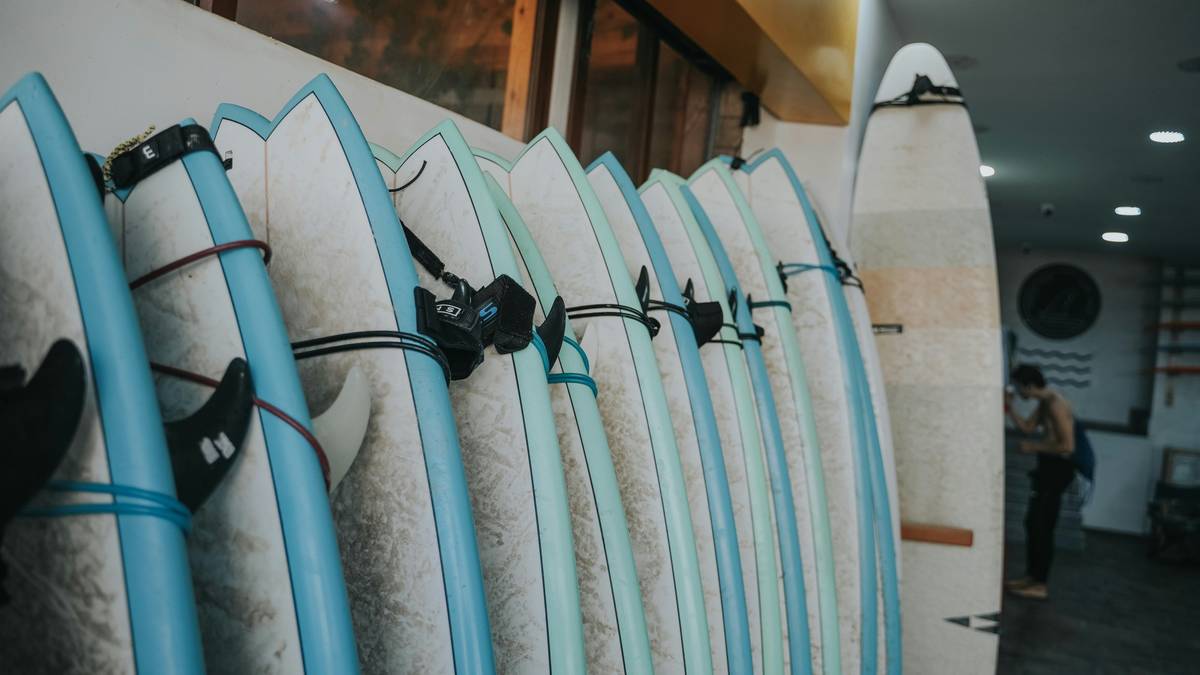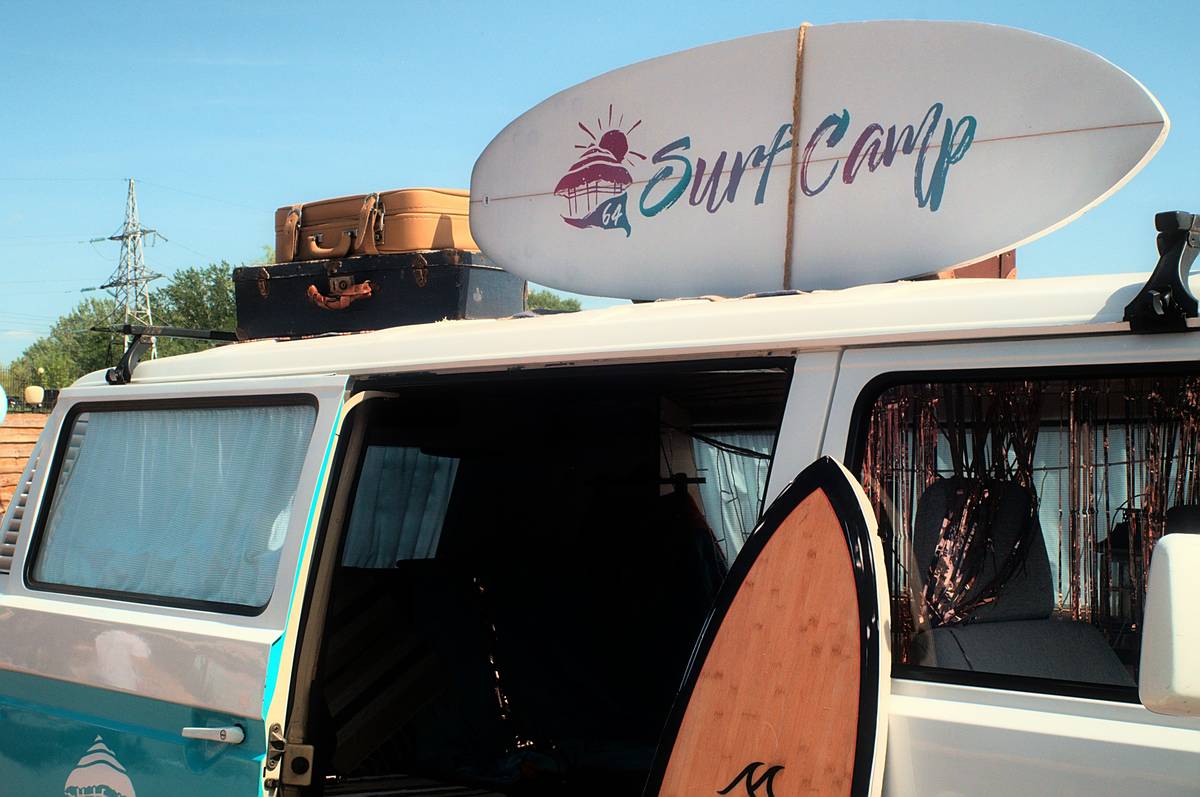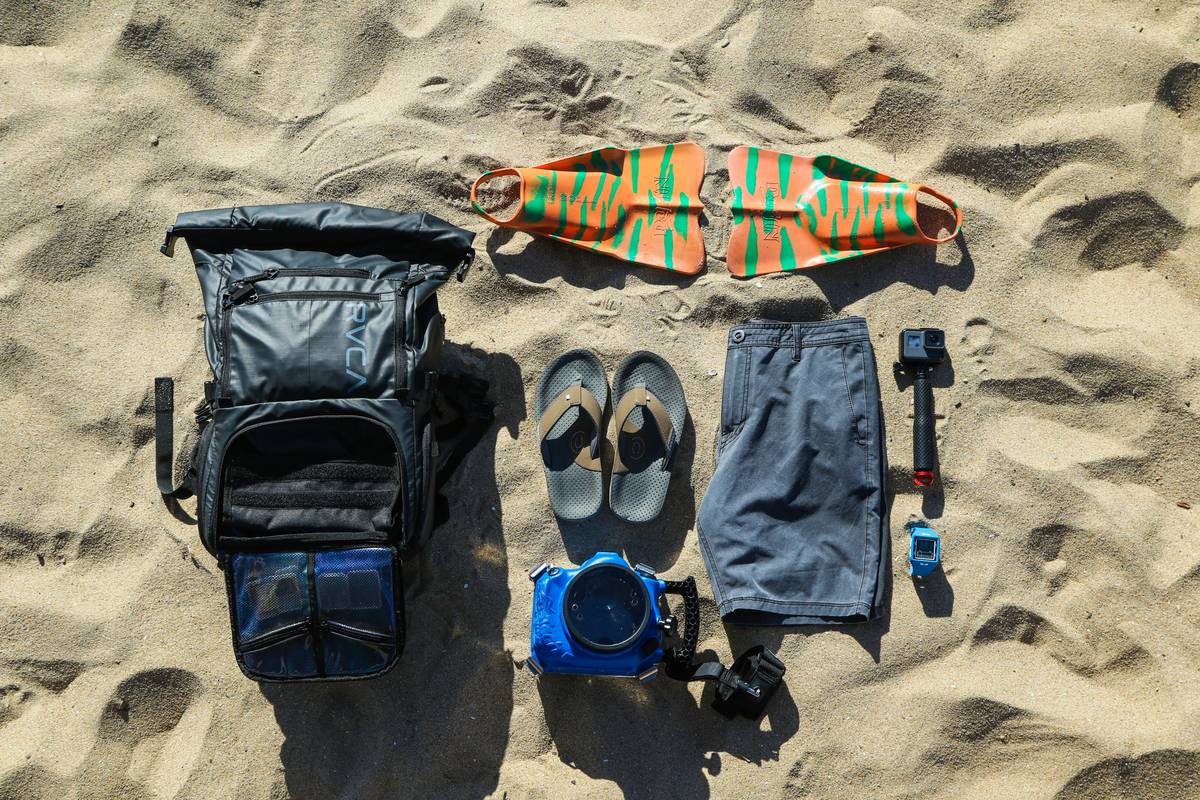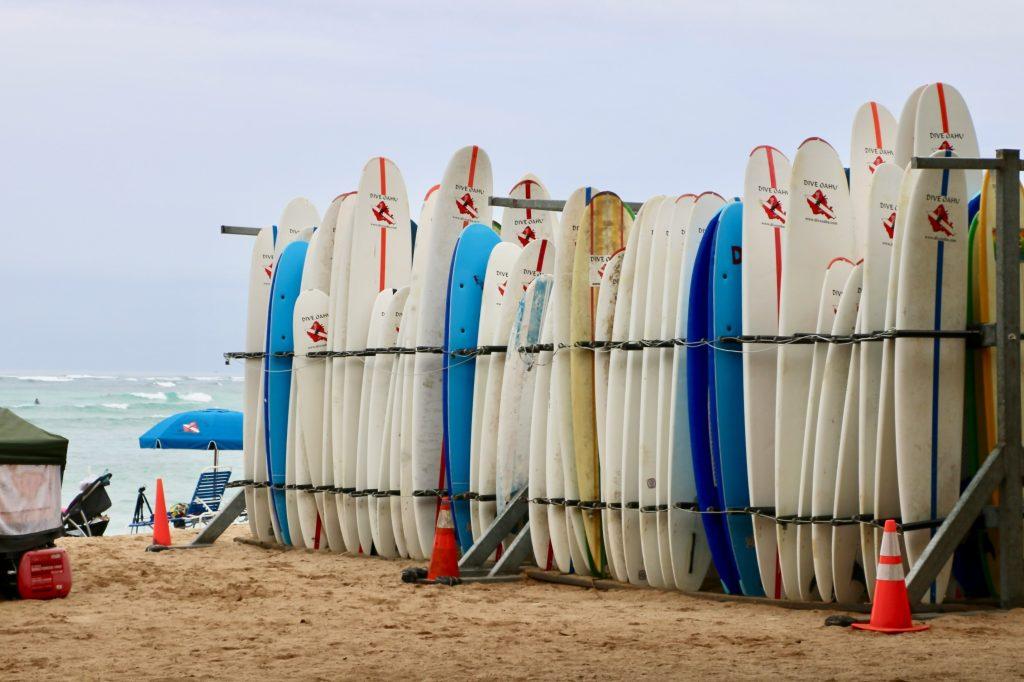Ever tried cramming a surfboard into an overstuffed car trunk, only for it to emerge looking like a gnarly wipeout victim? Yeah, sandpaper scratches and dings are nobody’s idea of “shred-ready.”
If you’ve ever wondered how to keep your beloved surfboard safe while traveling, you’re in luck. This guide dives deep into everything you need to know about surfboard bags, including what makes them indispensable, how to pick the perfect one, and some pro tips (with a sprinkle of brutally honest advice). By the end of this post, you’ll learn:
- Why surfboard bags matter more than sunscreen.
- How to choose the right bag based on size, padding, and features.
- Insider tips straight from seasoned surf travelers.
- A hilarious rant about cheap imitations that ruin road trips faster than bad waves do sessions.
Table of Contents
- Introduction: Why Surfboard Bags Are Life-Savers
- Key Takeaways at a Glance
- The Problem with Unprotected Boards
- Step-by-Step Guide to Choosing the Best Surfboard Bag
- Tips & Best Practices for Using Surfboard Bags
- Real-Life Examples of Travelers Who Nailed It
- Frequently Asked Questions About Surfboard Bags
- Conclusion: Shred Safely, Everywhere You Roam
Key Takeaways
- Pick a surfboard bag with sufficient padding (at least 10mm) to protect against impacts.
- Always measure your board before buying; there’s no such thing as “close enough” when fitting surfboards.
- Look for additional features like shoulder straps, external pockets, and heat-reflective materials.
- Cheap bags may save money upfront but often lead to expensive repairs—or worse, ruined boards.
The Problem with Unprotected Boards

Tell me if this sounds familiar:
“Optimist You:* ‘I’ll just toss my board in the backseat—it’ll be fine!’
Grumpy You: ‘Ugh, great… now I’ve got a ding big enough to rival yesterday’s hangover.'”
When traveling by car, plane, or bus, surfboards face constant threats—pressure points, temperature changes, rogue luggage handlers, and careless fellow passengers. Without proper protection, a single trip can leave your prized possession looking worse than last season’s wetsuit.
That’s where surfboard bags come in. These aren’t merely glorified sleeves—they’re armor designed to shield your investment from all sorts of abuse. But picking the wrong one could mean trading convenience for frustration. Let’s dive deeper…
Step-by-Step Guide to Choosing the Best Surfboard Bag

Step 1: Measure Your Board Accurately
Start by grabbing a tape measure and jotting down three key dimensions:
- Length (nose-to-tail)
- Width (widest part)
- Thickness (thickest point)
Pro tip: Add an extra inch or two to account for bulkier fins or accessories. Remember, tight fits sound good until you hear that dreaded *pop* during loading.
Step 2: Decide Between Day Use and Travel Bags
Day-use bags: Thin padding (~5mm), lightweight, ideal for short commutes or beachside storage.
Travel bags: Extra thick padding (~10-15mm), reinforced seams, built-in wheels/straps for long journeys.
Step 3: Look for Must-Have Features
- Heat-resistant materials to prevent sun damage.
- Shoulder straps for hands-free carrying.
- External pockets for wax, leash, and other essentials.
Tips & Best Practices for Using Surfboard Bags

Here’s how not to screw up owning a surfboard bag:
- Avoid stuffing unnecessary gear inside—tight spaces = increased pressure.
- Rinse saltwater off both bag and board after use; rusted zippers are NO fun.
- Invest in quality over quantity—a $70 bag beats replacing a $600 board.
Confession Time: I once went bargain hunting online and bought the cheapest bag imaginable. Spoiler alert: It ripped open mid-flight check-in. Lesson learned.
A Brutal Truth: Don’t Skimp!
Listen closely, penny-pinchers. That ultra-budget deal promising “top-notch protection”? Yeah, don’t believe the hype unless user reviews confirm otherwise. Cheap bags lack durability and fail under stress—don’t risk losing your board because you wanted to save ten bucks.
Real-Life Examples of Travelers Who Nailed It
Sarah V., a frequent flyer and avid surfer, swears by her Dakine World Tour bag. “After years of subpar alternatives leaving my boards beat-up, investing in premium gear made ALL the difference,” she says. Her secret weapon? A travel bag with integrated wheels and a ventilated compartment for stinky suits.
Side note: Sarah also packs a portable dehumidifier pouch to combat moisture buildup—a true lifesaver for humid climates!
Frequently Asked Questions About Surfboard Bags
Do I really need a surfboard bag?
Yes, unless you want your board to end up looking like Swiss cheese.
How much should I expect to spend?
Quality options range between $80-$300 depending on usage needs (day vs. travel).
Can I use regular padded covers instead?
Short answer: Nope. Those lack specialized features crucial for serious protection.
Conclusion: Shred Safely, Everywhere You Roam
Gone are the days of crossing fingers and hoping your board survives another trip unscathed. With the right surfboard bag, you can confidently chase swells knowing your equipment stays secure and pristine.
From choosing the correct type to avoiding bargain-bin disasters, this guide has equipped you with tools to make smarter decisions. Now go ahead, grab yourself a top-notch bag—and remember:
*Optimist You:* ‘Happy surfing!’
*Grumpy You:* ‘Yeah, thanks—but seriously, don’t forget SPF.’*
P.S. Like a flip phone making a comeback, even waterproof tech evolves daily. Stay sharp out there!
Haiku time:
Waves crash, boards glide free,
Bags guard dreams of endless seas—
Pack smart, shred forever.


